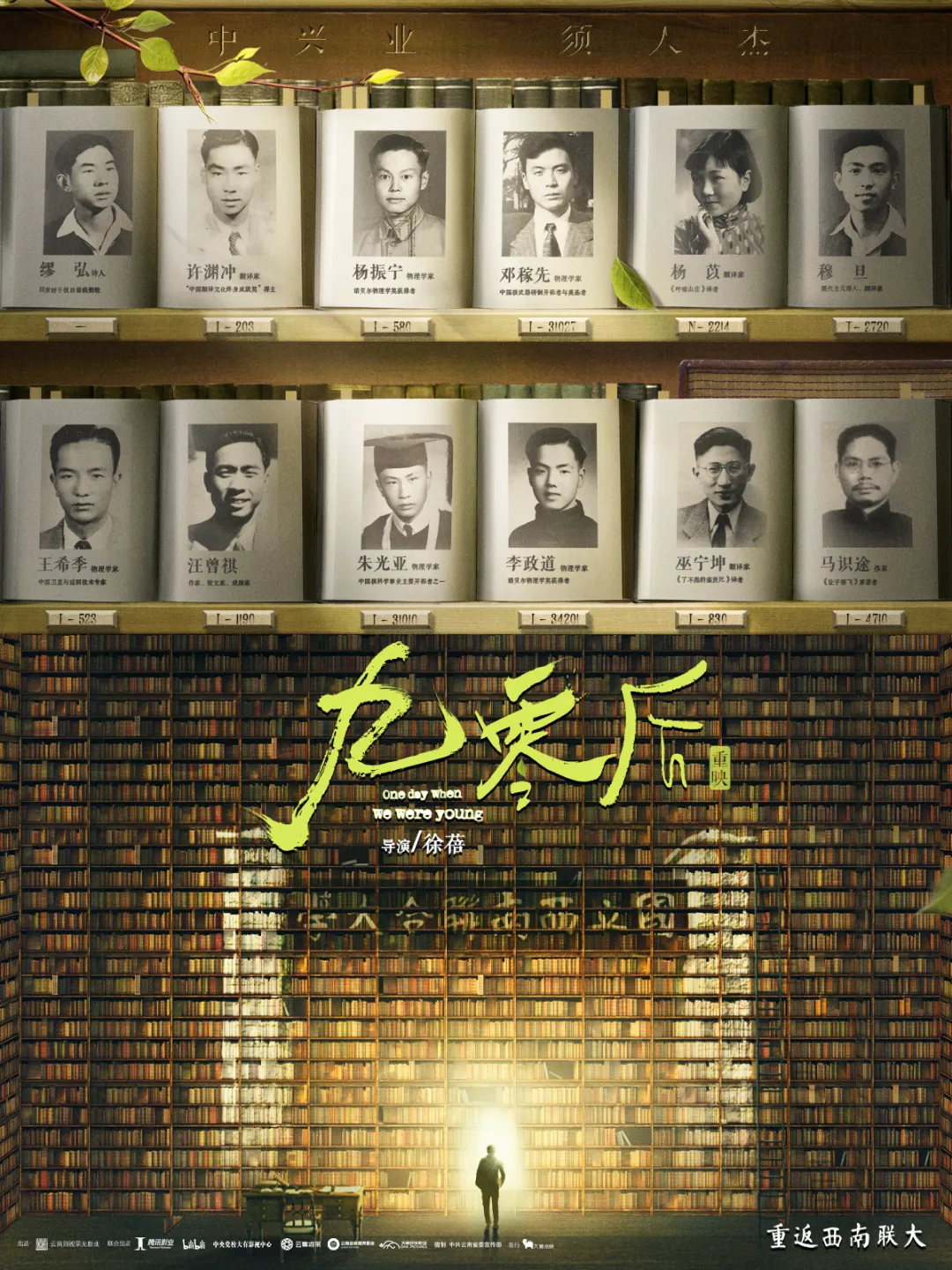
"Killers of the Flower Moon" is the 81-year-old director Martin Scorsese's return to theaters on the big screen 7 years after "Silence" (2016). The last film "The Irishman" (2019) was generally regarded as an attempt by the old man to test the waters in the new generation because it was a collaboration with Netflix. In "Killers of the Flower Moon", the director teamed up with two famous male stars, the male star he has collaborated with most often, "Le DiCaprio", and his old love Robert De Niro. In addition, the description of the story is about Indians, which is reminiscent of the politically correct cultural movement in Hollywood in recent years. These elements have given the film a rich publicity point and aroused the longing of many movie fans before it was released.
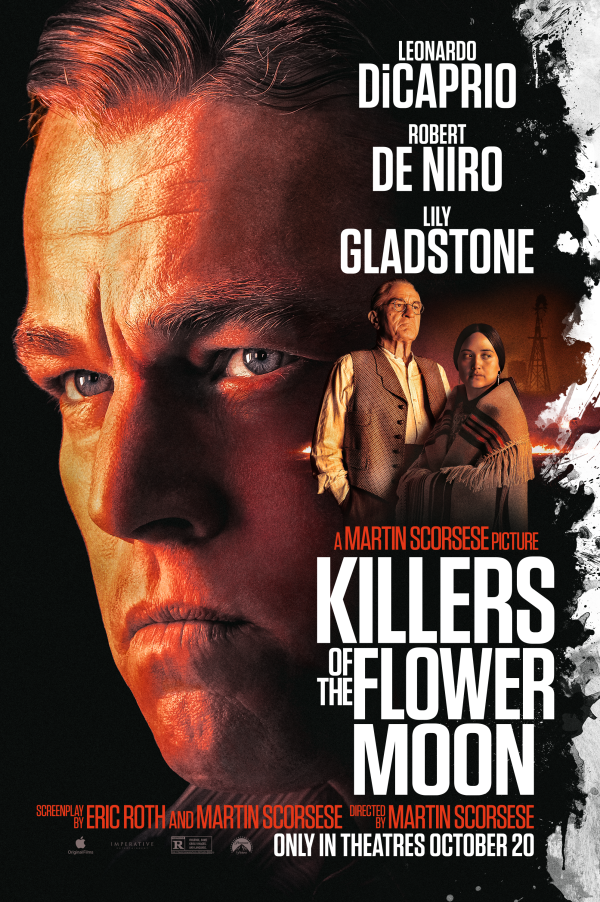
"Killers of the Flower Moon" poster
The film's current IMDB score is 8.0, slightly better than the previous "The Irishman"; the artistic score on the Rotten Tomatoes website is 93%, the same as "Oppenheimer"; but the score on Douban is only 7.3, which is far lower. The other two films were rated 8.8. This illustrates an interesting cultural phenomenon - no matter how you understand it, compared to American audiences, we on the other side of the ocean care less about the Indians depicted in the film.
Apart from the cultural differences in the subject matter, another obvious problem is: it is too long. Similar to the previous film "The Irishman", it is 3 and a half hours long. For young viewers who are accustomed to being fed short videos, this is an ancient giant creature as huge as a dinosaur. Martin Scorsese once criticized Marvel's commercial films as "not movies". Obviously this film is closer to his ideal "film art". Although "Oppenheimer" is also 3 hours long, the overall pace of the film is slower, and the audience needs a certain aesthetic ability to watch it with gusto. If you just want some light entertainment rather than a social lesson in art and culture, then obviously Killers of the Flower Moon is not a good choice.
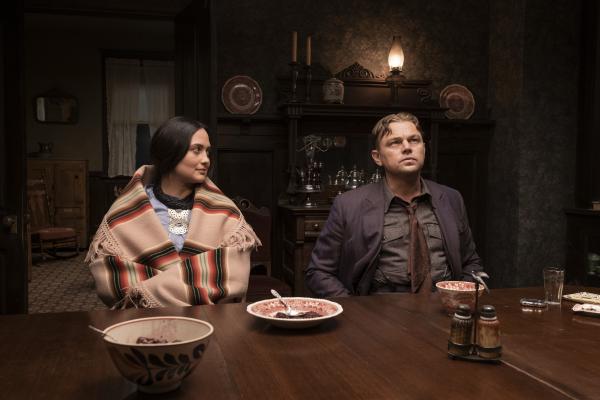
The Indian woman entered into a fraudulent relationship with middle-aged Li, which was not that attractive. Imagine if 25-year-old Xiao Li fell in love with a young actress? The story will be sexually attractive to the audience. But this is not this film.
This is a film that is extremely restrained in its artistic expression.
It's so restrained that if you don't know the background of the story, you will get lost in the images in the first hour. The intuitive feeling is: What is this shot? What does this person want to do? What were the two of them talking about in their conversation?
This intuitive feeling is due to the fact that most of the time the director shoots scenes and characters in an almost line-drawing manner, without giving the audience any hints about the development of the story; at the same time, in a small amount of time, he shows some "movie elements" in an extremely personalized style. Artistic techniques”. If you are not mentally prepared, you will be very confused by these contents.
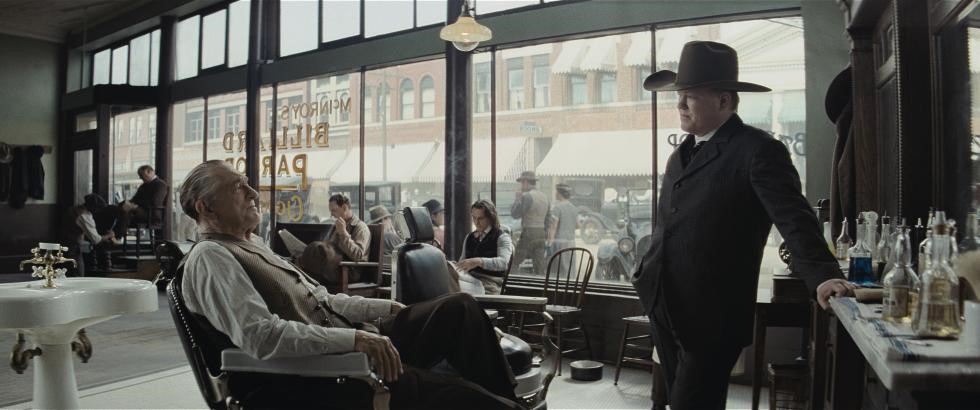
A few scenes and atmosphere are very similar to the gangster films that the director has been good at before, and it is easy to understand. But most scenes are not so easy to understand.
Let me briefly introduce the story of the film. It is based on a best-selling historical book in the United States in recent years. It reveals that in Oklahoma in the 1920s, the Osage Indians became rich because of the discovery of oil deposits on their original land. It triggered the story of many white Americans surrounding Indian reservations like jackals, systematically defrauding, murdering, and transferring their property. Robert De Niro plays the main supporting role in this film. He is a kind and friendly country squire businessman on the surface, but behind the scenes is a big boss who planned the murder. In the end, the investigation revealed that more than ten people were killed; and "Little Plum" Leonardo He starred as a young man who was seduced and used by his uncle after he retired from World War I. He married an Indian woman and assisted his uncle in finding someone to commit murder in order to inherit all the land inheritance.
This story of "a partnership to commit fraud and murder" also involves other outlaw gangsters who wantonly murdered Indians in the desolate American West. The loose criminal cooperation between these people, as the film progresses, will become a kind of gangster film type that the director is best at, and it also seems like a hidden history of white Americans acquiescing to the genocide of Indians-according to speculation, in fact Between 1918 and 1931, there were probably hundreds of Indian victims who died mysteriously, but only a few white people were finally convicted of murder, and many more conspirators in the chain escaped justice.
This is a shocking historical anecdote. If you watch the video carefully, you will find that in addition to these obvious criminals, in fact, the U.S. government at the time called "the system that requires the consent of a white guardian with social status before Indians can freely dispose of property." To some extent, it was an aid to evil. Looting mechanics. It is all a kind of persecution of minority groups by mainstream society.
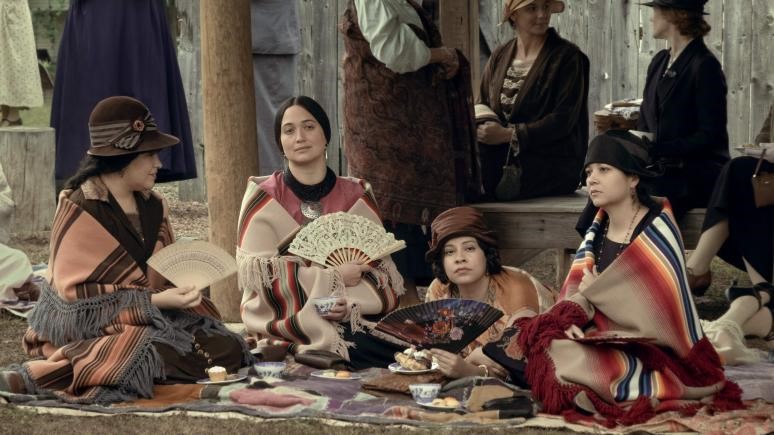
As their wealth increases, Indian women seem to move closer to fashion in their appearance, but their social status is still just "lambs to be slaughtered."
Back to the film, if you lack understanding of these backgrounds and just follow the characters into each scene, director Martin Scorsese will unfold the plot in a way that will make the audience quite confused.
For example, the five-minute dialogue between "Le DiCaprio" and his uncle Robert De Niro in the opening scene was the first scene between the two. Everyone knows that this is a charming collision between famous actors, but this scene is very "watery". The content of the chat seems to be ordinary, but the elders of the ethnic group kindly ask the younger ones, "What are your plans after retiring from the army?" You have to work hard and don’t be debauched." This kind of useless dialogue.
This is a way for the director to deliberately hide the drama of the story. During the long film time, the audience often has to guess: What does this person want to do? What did he mean? Is his actual purpose the words he says on the surface? Compared with young directors who often can’t wait to guide the audience’s suspense, panic, and worries about the characters, and use conventional means such as sensational music to guide the emotional direction, for fear that the actors’ performances are not obvious enough and the audience will not understand, the old directors are obviously a little tired of all these techniques. Most of the time, the scenes are shot like a clean documentary, letting the characters only say "what the characters should say."
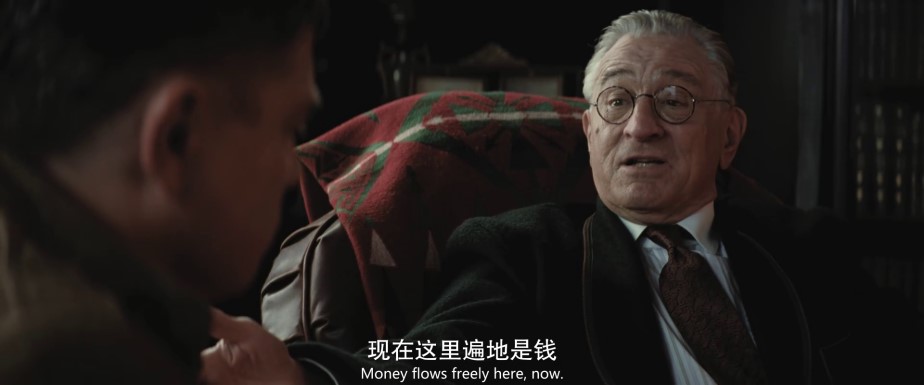
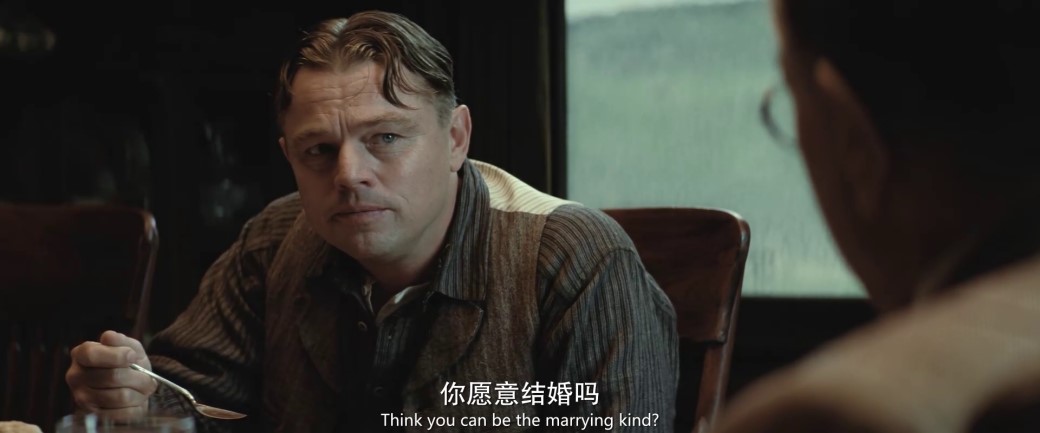
The content of the dialogue and the way the actors perform make it difficult for the audience to grasp the key points at once. But the further I look back, the more I understand that the characters’ thoughts have long been in their hearts, and they have been expressing the key points in a subtle way.
This method of slow-cooking soup cannot bring out the umami flavor at the beginning of the film. Only in the middle of the story, when the uncle, the main culprit behind the scenes, increasingly reveals his true purpose of killing people and robbing money, and the young protagonist begins to be confused about his accomplice behavior, will the audience suddenly realize that they are such people!
Without technology and hard work, when the umami flavor of the ingredients is induced, the flavor of the drama becomes stronger and stronger, allowing people to see a subtle drama that cannot be seen in other films. In the rivalry between this criminal duo, when the uncle persuades the protagonist to commit more crimes again and again, he does not even use financial benefits as a temptation. Instead, he talks about "you should work hard to protect your family and leave a legacy for the family." "Lost wealth", "Your wife will die of illness, we will all die, you should let her suffer as little pain as possible." Even if they have understood the purpose of the character, just watching Robert De Niro's persuasive performance, the audience will still feel as confused as "Little Plum": What he said makes so much sense, he is an elder I respect extremely, and he is so... For my own sake, shouldn’t I just follow his orders?

Once you know the development of the story and watch the film, you will feel it is clear at a glance. But just looking at the picture, you can’t tell who is the good guy and who is the bad guy? Yes, the same is true in life. Often we can only understand the true nature of people after the fact.
When the scammer becomes the person who cares about you the most in the world, this is the highest level of fraud. Similarly, the old director's understanding and processing of "drama" are all in the same size when shooting, and the beginning looks very "bland". But it will naturally become more and more "thick" later on. This size is just that: a drama that is very close to the quality of life. All details contain "drama". If you can see it, you can see it. If you can't see it, it doesn't matter.
In the last third of the film, when detectives from the Bureau of Investigation come to visit and the criminal gang plans to betray each other to protect themselves, the confrontation between the characters reaches a fever pitch. They look calm on the surface, but in fact they are trying to trick each other and extricate themselves from the crime every time they face each other. These "fighting of wits" scenes were used in "Goodfellas" (1990) and "Casino" (1995), which the director became famous 30 years ago. But compared to the past when Martin Scorsese would deliberately stop time and use external inserts such as character narration to allow the audience to better understand all these subtexts, today's 80-year-old director has become more and more indifferent. He just lets the character finish speaking in this scene, and then shows the audience that he will have other actions in the next scene, and then you should understand, right? These are the things he wants to do.
To understand "Killers of the Flower Moon", you need to have a certain amount of experience and wisdom, at least more life experience than the "Little Plum" in the film, in order to understand what the character is looking at, what he is saying, and what he is actually doing. What's going on.

This is a crucial conversation between the two, the moment when the old man sets a trap for the young man. But just looking at the stills, you will feel that it is so "loose" and you can't see this dramatic intention at all.
I wonder if the actors in this film will be recognized by some acting awards during the upcoming awards season.
The accomplished Robert De Niro is 80 years old, and there is no sign of aging at all. Every look in his eyes is full of energy. If you give him an award, it is no longer his honor, but the honor of those awards.
As for "Little Plum", who was once the dream of hundreds of millions of girls, he is many times more popular than the popular trainees nowadays. After winning the Oscar for Best Actor, he also learned to hide his natural edge. Can you imagine him not playing a white elite, but a rural boy who is a little rustic, a little infatuated, a little cunning, but actually very stupid? This role was originally more suitable for Wang Baoqiang. After the performance of "Little Plum", the audience was not disappointed, and his acting skills won.
These performance levels don't need awards at all, they are already established. It's not obvious, there's no deliberate design, but they are all performance details.


Except for the protagonist, all the Indian characters have no trace of acting, which will make you forget that most of them are actors. For example, the heroine Lily Gladstone is a 37-year-old Native American who majored in acting in college.
In addition to the extremely advanced dramatic treatment, the film also has some artistic passages where the director can't help but secretly "show off his skills". The style of this part is even a bit inconsistent with the overall style and slightly abrupt.
Including the beginning, to briefly introduce the social history of the Osage Indians, the director used silent film techniques that were in line with the era; and at the end, to introduce the final development of the characters, he used the tricks of live radio program production. These fancy embellishments are the director's fascination and tribute to the "history of film and television art development". At the end, there is also a narration by the director himself, expressing heartfelt condolences for this tragic history of the Indians.
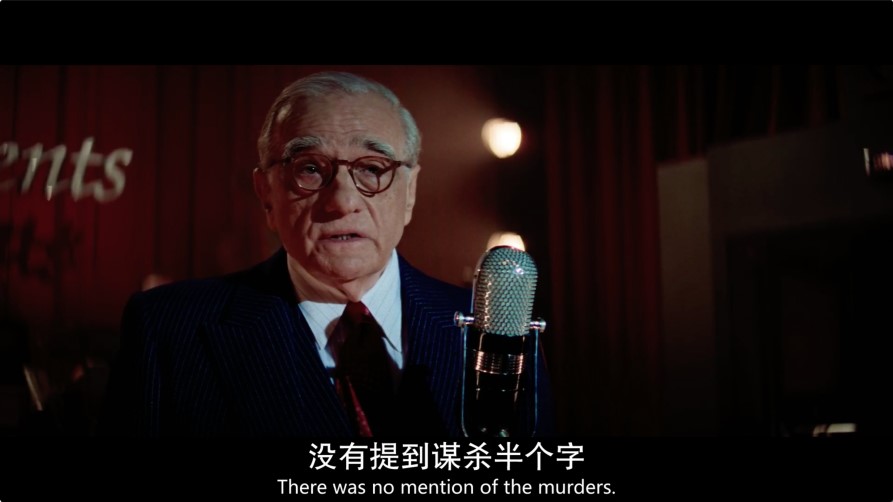
Director Martin Scorsese appears and tells the audience that there is no mention of "murder" on the Indian tombstones. What kind of emotion is this? Viewers please understand for yourself. I read in his eyes: We white Americans should repent.
Going back to the very beginning of the film, it is a collective mourning by Indians, mourning that the culture of their nation is about to be lost, and young people will be assimilated by the modern civilization represented by white people; at the end, the existing ethnic groups constitute a huge colorful flower. , corresponding to the title of the film "Flower Moon", is also an image of Indian culture.
Through these, and then connecting the "phantoms" that the Indians saw several times in the film as they were dying, we can understand that for the director, he refuses to treat the Indians in the film as symbolic "color politics" Correct", or stupid and innocent victims. He tried to show their kindness and tolerance from their perspective, contrasting with the barbarism and ferocity of the white people. Unique cultural perspectives, even if this part is "bizarre" and incomprehensible to mainstream audiences, these "ghosts" are how they really see the world.
This is an artistic design with political and cultural implications, which also embodies advanced aesthetic taste.

Not only do black lives matter, but Indian lives matter too. It is also a culture. Even if this subculture can be somewhat mysterious to mainstream culture, it has its own beauty.
"Killers of the Flower Moon" is a high-end film that requires viewers to have some sophisticated aesthetic tastes to appreciate it. The word "high-end" here does not mean low-level or vulgar, but just the masses. Most viewers will not like this film, finding it long and boring, and most likely will not be able to make it through the first hour.
But the director shouldn't care about this. Whether the audience likes it or not, how to evaluate the film, whether it can win box office or win awards, are not his pursuits.
At this age, his pursuit may only be understood by himself.
I end this article with the original translation of a previous interview with Martin Scorsese:
Q: You are 80 years old. Do you still have that passion to get back behind the camera and work on your next film?
Martin Scorsese: Yes. must be. I wish I could take eight weeks off and shoot a movie at the same time (laughs). The whole world opened up to me, but it was too late. Too late.
Q: What does this mean?
Martin Scorsese: I'm old. I read something. I saw something. I wanted to tell a story, but I ran out of time. When George Lucas and Steven Spielberg presented him with the Oscar, Kurosawa said, "I'm only now beginning to see the possibilities of cinema, but it's too late." He was 83. At that time, I would also ask "What does he mean?" Now I understand what he meant.


